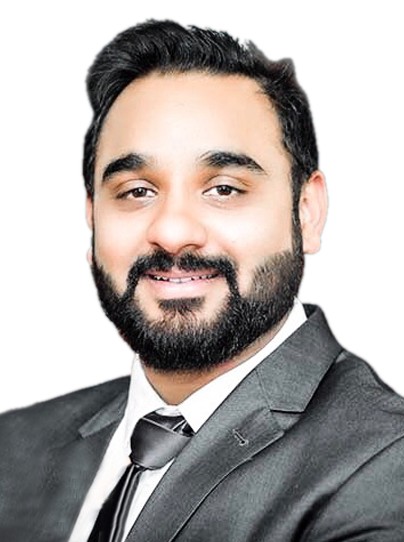Once you have set your user profile, the keywords, the metric evaluation, you have at your disposal a safe environment in which to start working.
According to Chris Marentis (Search Engine Land), every aspect of your SEO strategy will be driven and reflected in these areas.
The next step should be an in-depth audit leading to the development of action plans.
Three types of checks should be carried out:
1) Competitive Audit
Take a complete picture of what your client’s top competitors are doing – write down what works and what doesn’t.
Define the most competitive keywords, identify the pages that have the best positioning and find out why.
By observing competitors, Marentis argues, you can replicate and improve their successful tactics.
2) Technical Audit
3) Content Audit
Of all three tests, this is the most important, given the prominence of content in modern SEO.
Evaluate your customers’ current status of content assets and compare them with the user profile and keywords you have already identified: this allows you to determine the holes and areas of content to which you should pay more attention.
Content verification must encompass all of these resources:
– site content
– content posted on social media (including videos)
– blog content
– press releases
– online reviews
– directory presence
You need to take action wherever there is a low match between your initial goals (person and keywords) and the actual content.
Marentis suggests creating a map showing the main topics (topics), types of content, and means of transmission that need to be implemented and those that need to be removed.
The final result of these three checks must lead to complete planning of the work, to which the necessary metrics will be added to be able to evaluate its development and make new decisions in time.
Marentis writes that nothing works better than a pragmatic, end-user approach.
A user-centered SEO strategy allows you to develop long-term plans all focused on the end-user of your website who, Marentis recalls, is the heart and soul of what Google is looking for today.
In addition, there is another relatively immediate advantage: it keeps your customers engaged continuously in the process and work and promotes the growth of mutual trust.
And what tactics do you use to focus your attention on the end-user of your optimization?










